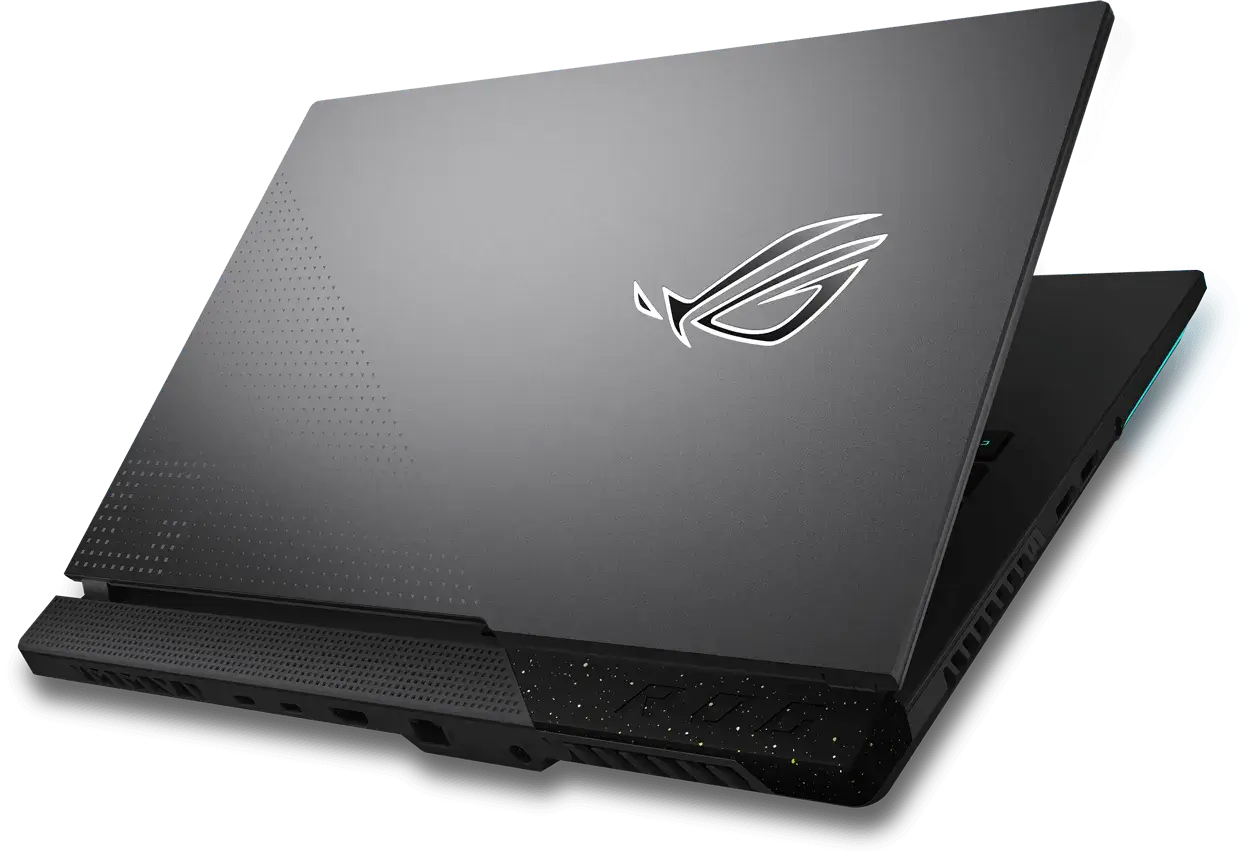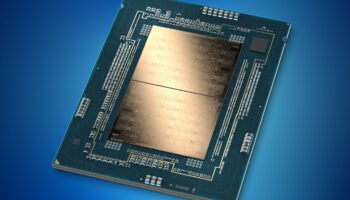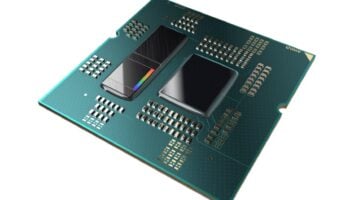
The results get even more perplexing on the Power Saver preset (on-battery). In productivity and essentials, the Ryzen 7 4800H actually manages to beat the 6900HX by a decent margin. Content creation, however, continues to favor the latter albeit by a smaller margin.

Looking at the frequency graphs for the battery saver preset, the results start to make sense. The Ryzen 9 6900HX runs at just 1.8GHz on average through the course of the benchmark. Meanwhile, the 4800H regularly spikes to the 4GHz mark while maintaining an average of nearly 2GHz. This explains the low scores in the lightly threaded benchmarks.

The power consumption of the Ryzen 9 6900HX is a little less impressive. The 4800H stays below 10W through the entirety of the second half of the benchmark. Meanwhile, the 6900HX has a very erratic draw, jumping from 15W to 25W every now and then.


Using the high-performance preset (on battery), the Ryzen 9 6900HX maintains a boost clock of 4.5GHz while the 4800H runs into a hard ceiling at 4.25GHz.


The power consumption figures are more or less the same. The Ryzen 9 6900HX sees more frequent spikes in draw due to the highly responsive power profiles.


Finally, we have the plugged-in frequency charts. There’s actually not much difference between the on-battery and plugged-in clocks, unlike what we saw with the Zephyrus G14. The 6900HX stays at 4.5GHz with a single spike to 5.4GHz. The 4800H, however, runs a bit over 4GHz throughout the test.


Of course, the power consumption is also the highest in this case. Despite running at roughly the same clocks, the power consumption is notably increased in the case of the 6900HX. We can see spikes of up to 170W, roughly 20W higher than the max draw when on battery.


The Ryzen 7 4800H, unexpectedly, draws less power when plugged in. On battery, it maxed out at 142W but here, it stays below 110W (with one spike to 120W near the end) through the entirety of the run.
Conclusion: Impressive for a Refresh
The Ryzen 6000 “Rembrandt” family isn’t technically a refresh. You get a brand new graphics architecture, faster DDR5 memory, and higher clocked CPU cores courtesy of TSMC’s N6 node. The Radeon 680M is the main highlight, offering comparable performance to the RTX 3050/2050. The CPU, although only marginally faster than its predecessor, is incredibly power efficient with a highly responsive power profile.






